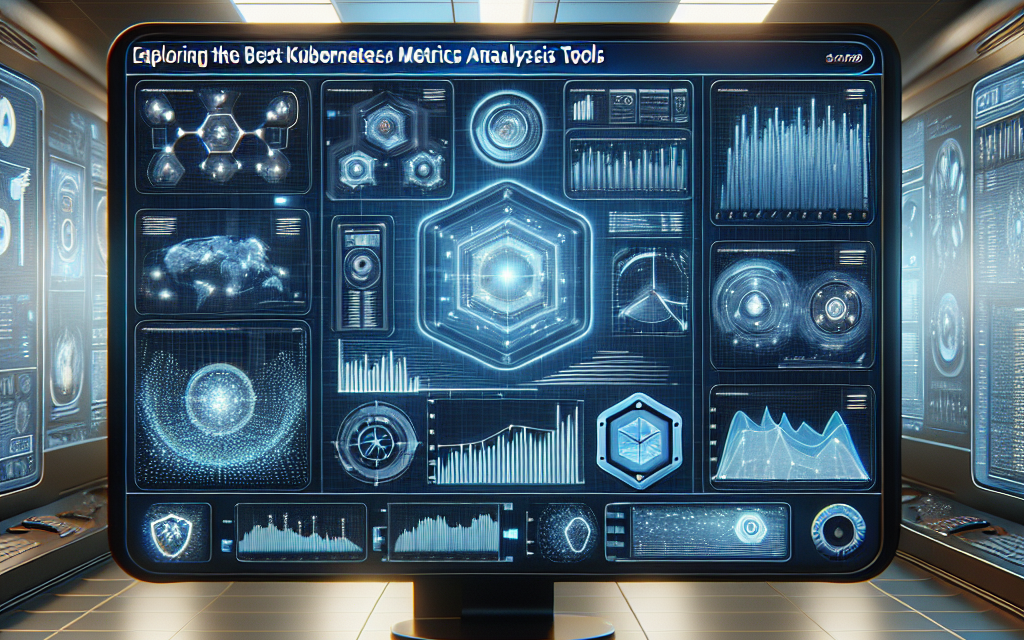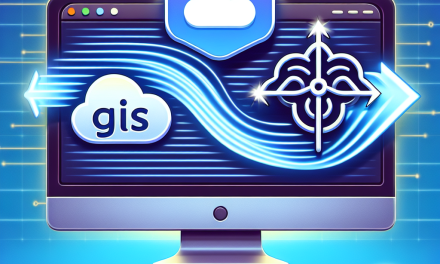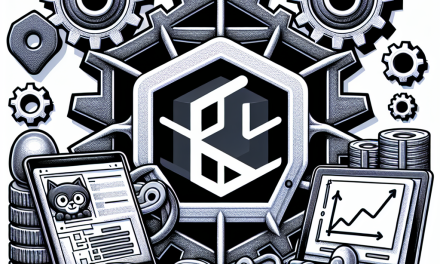As organizations increasingly adopt Kubernetes for cloud-native application deployment, monitoring and analyzing its performance becomes essential for ensuring seamless operations and maintaining optimal performance. In 2023, the Kubernetes ecosystem boasts a variety of powerful metrics analysis tools that can help teams gain valuable insights into their containerized applications. In this article, we’ll explore some of the best Kubernetes metrics analysis tools available this year.
1. Prometheus
Overview
Prometheus remains one of the most popular open-source monitoring and alerting toolkit specifically designed for cloud-native environments. Developed by SoundCloud, it is now a part of the Cloud Native Computing Foundation (CNCF).
Key Features
- Powerful Query Language: PromQL enables complex queries and custom dashboards to visualize time-series data.
- Multi-Dimensional Data Model: Enables flexible metrics collection and allows for detailed analysis of various parameters.
- Ecosystem Integration: Seamless integration with Grafana for enhanced visualization and alerting capabilities.
Why Use Prometheus?
Prometheus is perfect for teams that need robust performance monitoring, alerting, and time-series analysis, especially in complex microservice architectures.
2. Grafana
Overview
Grafana is a visualization tool that pairs exceptionally well with Prometheus and other data sources. While it isn’t exclusively a Kubernetes metrics tool, its capabilities make it an indispensable component of any Kubernetes monitoring strategy.
Key Features
- Custom Dashboards: Users can create visually appealing and interactive dashboards tailored to their specific KPIs.
- Data Source Flexibility: Supports a multitude of data sources including Prometheus, Elasticsearch, and InfluxDB.
- Alerts and Notifications: Configurable alert system helps teams react swiftly to performance issues.
Why Use Grafana?
Grafana excels in transforming raw metrics from multiple sources into meaningful visual insights, catering to diverse stakeholder needs from developers to executives.
3. Datadog
Overview
Datadog provides a comprehensive monitoring and analytics platform that covers infrastructure, application performance, logs, and network monitoring across cloud environments.
Key Features
- Unified Platform: Combines metrics, traces, and logs in a single interface, delivering a full picture of application health.
- Kubernetes Integration: In-depth container monitoring capabilities and out-of-the-box dashboards for Kubernetes clusters.
- AI-Powered Insights: Anomaly detection features help identify issues before they escalate.
Why Use Datadog?
For companies looking for a unified solution with robust analytics capabilities, Datadog delivers advanced features that simplify monitoring efforts across complex environments.
4. Kube-state-metrics
Overview
Kube-state-metrics is a simple service that generates metrics about the state of Kubernetes objects. Rather than collecting node-level metrics, it provides insights into the actual state of the Kubernetes environment.
Key Features
- Kubernetes Native: Built specifically for Kubernetes, making it easy to integrate into any Kubernetes ecosystem.
- Comprehensive Metrics: Provides metrics related to deployments, pods, nodes, and more, giving a clear overview of the Kubernetes objects’ health.
Why Use Kube-state-metrics?
For organizations focusing on understanding the state and health of Kubernetes resources specifically, kube-state-metrics offers crucial insights without added complexity.
5. Sysdig Monitor
Overview
Sysdig Monitor is a cloud-native monitoring solution targeting containers and microservices. It focuses on securing and monitoring your container environment effectively.
Key Features
- Deep Container Insights: Offers in-depth visibility into individual containers, including performance metrics and security parameters.
- Compliance and Security: Integrates monitoring with security features, making it ideal for teams that prioritize security considerations.
- Integrations: Works seamlessly with various data sources, enhancing its utility in hybrid cloud environments.
Why Use Sysdig Monitor?
Teams prioritizing both monitoring and security will find Sysdig Monitor an excellent choice, providing a complete observability solution for their Kubernetes environments.
Conclusion
As organizations continue to embrace Kubernetes, the need for effective metrics analysis tools has never been greater. The tools outlined in this article represent some of the best options available in 2023, each offering unique features to cater to different monitoring requirements. Whether you’re looking for deep insights into infrastructure performance or seeking to visualize complex data, these tools can empower your teams to monitor and enhance your Kubernetes deployments effectively.
When selecting a metrics analysis tool, consider your organization’s specific needs. Take into account aspects such as ease of integration, visualization options, and the level of detail required in the monitoring process. In the rapidly evolving container landscape, making the right choice will bring your team closer to achieving optimal operational performance and efficiency in your applications.





